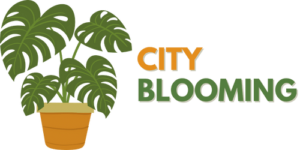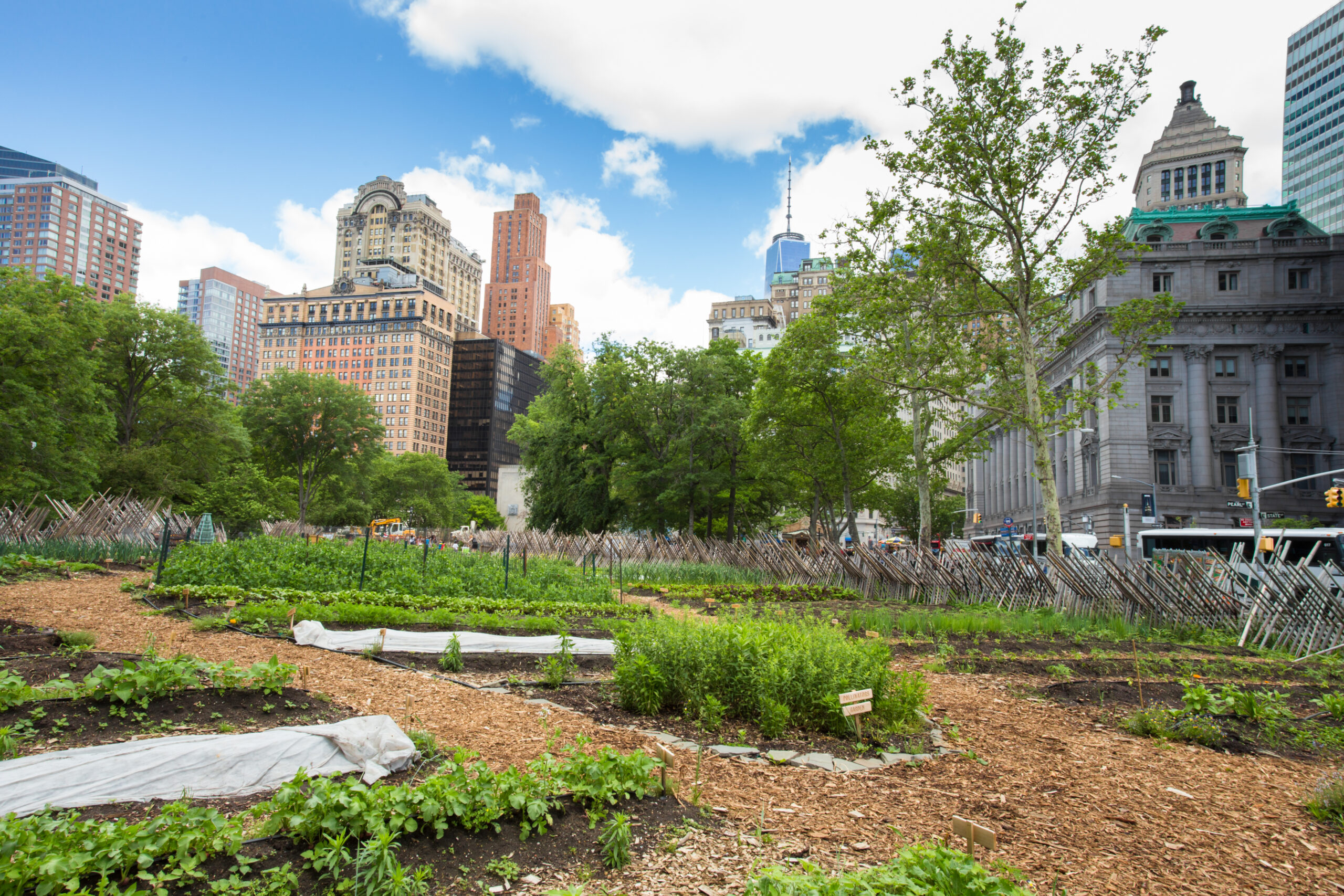What Does City Blooming Do?
Table of ContentsOur City Blooming DiariesUnknown Facts About City BloomingThe 2-Minute Rule for City BloomingSome Known Details About City Blooming Excitement About City Blooming
Interested in growing food available in the City of Chicago? Believing concerning starting a neighborhood garden? Modifications to the Chicago Zoning Regulation enable farming uses like area gardens and urban farms in numerous components of the city. Below is a list of often asked inquiries regarding the policies and regulations that growers need to consider when planning a metropolitan agriculture project.
The zoning modification does not customize any type of various other codes handling composting, building licenses, buying or renting City had residential property, service licenses or environmental contamination. There are existing codes that regulate these concerns and they remain in full effect and may apply to your project. Neighborhood yards are typically possessed or handled by public entities, public organizations or community-based companies and maintained by volunteers.
Urban farms grow food that is intended to be offered, either on a not-for-profit or for-profit basis. Due to their commercial purpose, urban farms need an organization certificate.
Not known Factual Statements About City Blooming
Composting is enabled but only for plant product that is created and used on website. The amount of garden compost product can not go beyond 25 cubic backyards at any provided time according to the criteria in 7-28-715 of the City's Municipal Code. Yes. Because the dirt at most new garden sites needs amending, garden compost, dirt, timber chips, or various other products can be obtained to build or boost the growing area - urban gardening.

If a structure authorization is required after that the hoophouse will be considered an accessory building. You can figure out even more concerning the structure authorization demands by calling the Division of Buildings. The 25,000-square-foot size limitation is intended to avoid a solitary neighborhood garden from dominating a given block or interfering with the block's existing domestic or industrial character.
The limit does not put on yards situated in Public Open Area (POS) districts. Can there be greater than one neighborhood yard that is 25,000 square feet on a single block? Yes. The size limitation applies to private gardens, not from this source to individual blocks. No. Fencing is not required, nevertheless, gardens that have large parking locations might be needed to set up fencing or various other landscape design attributes.
The 2-Minute Rule for City Blooming
B1 & B2 areas call for that all commercial usage tasks be conducted inside. Is fencing needed for city farms? Fences may be required, along with landscaping and screening, for certain car parking areas and outside work or storage areas depending on place and the particular task taking area.
Yes. Urban ranches need structure permits and zoning authorizations before building. Various other forms of city evaluation might be called for depending on details structures, activities, size, landscape design, licensing, public heath and stormwater management concerns. Most of these demands are identified in the project layout or allowing process, however, the candidate may be liable to separately identify details licenses or permits that may be needed.
Yes. The sort of license is determined by what is happening at the site. The Department of Organization Affairs and Customer Security can assist figure out the specific kind of service permit that's called for. Yes. Off road vehicle parking is required for most commercial tasks in Chicago. The needed number of parking areas is based on the number of staff members working on site and not the square video footage of the growing area.
The smart Trick of City Blooming That Nobody is Discussing

Yes. An urban ranch can sell compost product produced on site, nevertheless, the procedure should conform with the laws in 7-28-715 of the Chicago Municipal Code. Yes. Aquaponic systems are enabled indoors on city ranches in lots of zoning districts. A zoning review and building authorization is needed in order to set up frameworks or systems and an organization permit is needed as defined over.
Approximately five hives or nests of honey bees might be kept as an accessory use. However, beekeepers should register with the Illinois Division of Farming. To learn more regarding the suggested zoning amendment you might contact the Department of Housing and Economic Advancement, Bureau of Preparation and Zoning at 312.744.8563.
, which takes area in rural areas at the side of suburban areas.
About City Blooming
, that seek to form social networks founded on a shared values of nature and community holism. These networks can develop by means of official institutional support, ending up being integrated right into regional town preparation as a "change community" activity for lasting city growth.
Some of the initial proof of city farming comes from Mesopotamia.